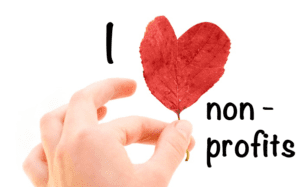For many nonprofit organizations, summer is a slow time. If you are in Development and Communications, you know that many of your supporters are at the beach or running “mommy camp” at home.
They are not spending as much time looking at the communications you send them, so you might be tempted to take the summer off.
That would be a big mistake.
Right now, you have the luxury of time. You can spend hours or whole days thinking about the basics of donor communications. When are you going to have that luxury again? Certainly not in September!
So, let’s revel in the slower pace of summer and tune up your communications with your donors. Let’s start with the fundamentals: your email list, your database, and your website.
See my tips for summer nonprofit fun at
https://developmentconsultingsolutions.com/how-your-nonprofit-should-spend-its-summer-vacation/


